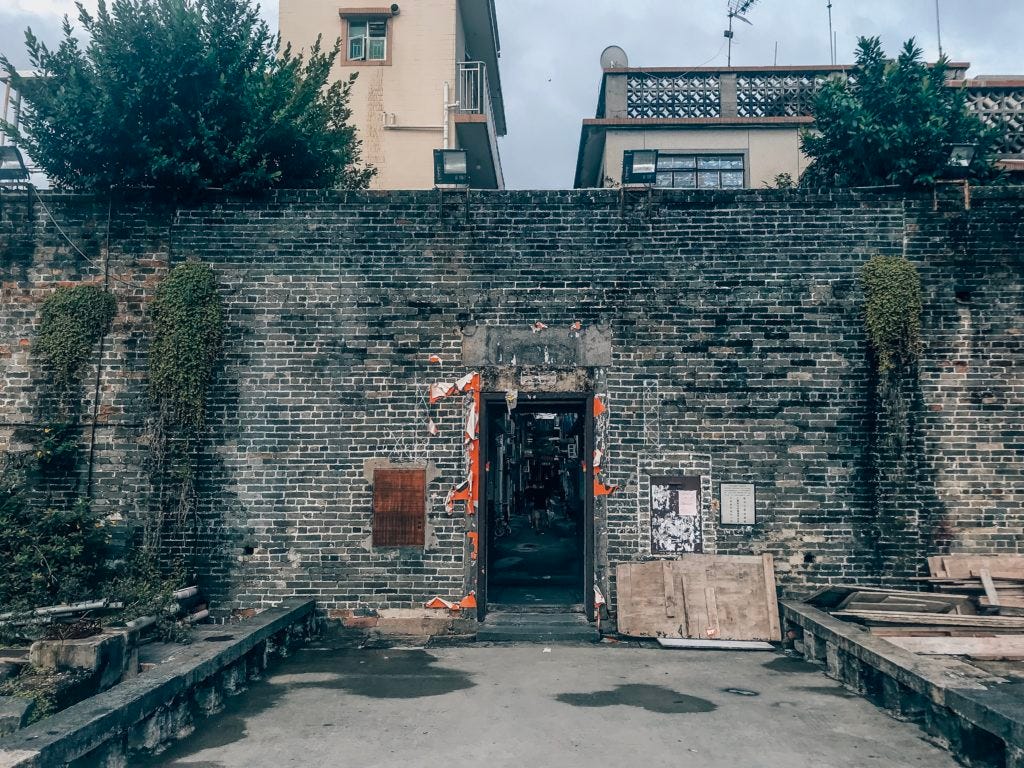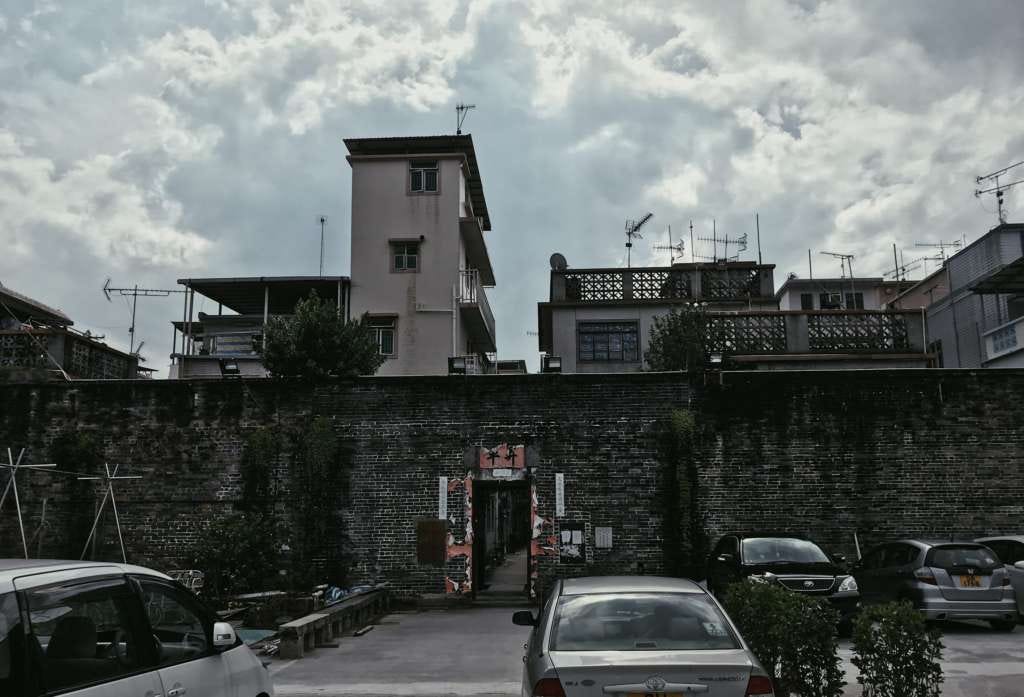The Ancient Aboriginal Village of Hong Kong
The place of my ancestors is many centuries old and steeped in a rich history, straddling the border between past and present.
When people think of Hong Kong, often they envision a dense and metropolitan cityscape. A booming port in Southeast Asia overflowing with steel skyscrapers and defined by a modernity that sets the pace for the rest of the globe.
To me, when I think of Hong Kong, my mind gravitates to imagery strikingly different from the shadows and sounds of the city affectionately known as the “Pearl of the Orient.” An hour North of the bustle of downtown Hong Kong stands Kat Hing Wai, an aboriginal Chinese village established in the 15th century by the Tang clan.
And to me, this is home.
Upon alighting from the train at the Kam Sheung Road station near the very end of the West Rail Line, Kat Hing Wai, dubbed simply, “the village” by locals, is but a short walk away. The scene you arrive at takes you deep into the past.
Twenty-foot brick walls surround the village. Crumbling bricks—in concert with the remnants of a veritable moat—hint at a past that had a need for military defense. There remains only one entrance in and out of Kat Hing Wai: a pair of tall iron gates embedded in the village walls.
A small, austere donation box greets you on arrival, calling on tourists to leave a tip for the privilege of visiting, adding to the outmoded feel of the place. The effect is like walking onto a documentary film set. The village is akin to a living, breathing museum; history has taken place here. Antiquity hangs in the air, tactile like the sweat upon one’s brow and surreal like an encounter with the metaphysical.
The village holds a personal relevance as well as a historical one. My father was one of those foreign faces from the West who dropped a tip into the donation box. Nearly 30 years ago, he arrived humbly as a wide-eyed and curious tourist. Within the village walls he met my mother, who was then one of the few villagers who spoke English.
The village is home, and has been home, to myself, the Tang family and its descendants since the inception of contemporary history. Perhaps even longer than that.
While the village maintains much of its traditional ambience and charm, Kat Hing Wai, once a hotspot for foreign faces seeking a glimpse into classical Chinese customs, today entertains only the infrequent visitor. These days, bus tours and flocks of Westerners mostly skip the village and go directly to China.
Yet, without the flux of tourists, the village holds even more of a homely nostalgia. A sentiment of privacy. An inescapable, pervading feeling of "the good old days" around every corner.
The village remains a microcosm apart from the city of Hong Kong, different in many ways yet equal or greater in its ability to evoke such a strong emotional connection between place and person, one that has lasted for centuries.
The village would not be the village without its villagers; the same can be said of villagers without their village. Both place and persons are one and the same: a rare occurrence in the modern world that I have yet to find elsewhere.
When a people and place are inextricable, if you fall in love with one, your affection spreads to the other without a moment's hesitation. I love my family (that is, I love the villagers), and thus I love the village.
In the village, my uncle and village elder Danny Tang and I would go to the same village shop every morning for breakfast. Each day, we would be served the same meal—rice noodles and Chinese tea—by the same waitress, sitting alongside the very same village friends that Uncle Danny went to grade school with.
In raucous Cantonese and always in good humor, my uncle and his pals would talk of decades-old shared memories of the schoolyard, gambling and the olden days.
The deep familiarity between villagers is one that only happens when you know that your present neighbor’s great-great-great grandparents were neighbors with your own great-great-great grandparents.
On any given day, I could walk outside and someone who to me was a stranger would recognize me and strike up a conversation, recounting their memories of growing up with my mother or grandmother.
I have always found great comfort in knowing that each and every villager is part and parcel of one another's personal family history. Each resident of Kat Hing Wai shares a historical and familial insight into the lives of their neighbors and neighbors' neighbors.
Many villagers have homes rather than apartments. This, too, I appreciate because I was originally born in the US. Around the village, outdoor areas exist in comparative plenty. The generations-old tradition of passing land down within the family has afforded villagers the rare Hong Kong luxury of space.
I lived with my aunt and uncle in a narrow three-story home, a decades-old abode with balconies and outdoor space in front of the house. To place this village house among, say, a California or Texas suburb, it would be considered rather modest. But in Hong Kong, a home like this is spacious, rightly considered to be extremely large.
Such are the benefits of the indigenous descendants in Hong Kong.
When I think of home, I am overwhelmed by a deep-seated nostalgia for those crumbling walls and the stagnant moat water, the family temple and raucous Cantonese. Relationships are measured by generations and traditions are passed through centuries.
The community ties within the village are as strong as the tradition is old. For all the uncertainty and change in the modern world, Kat Hing Wai remains fixed and lasting, comforting in its predictability. The village sits frozen in space and time yet alive and well, like a beautiful relic hidden away from the world.
And to me, this is home.



